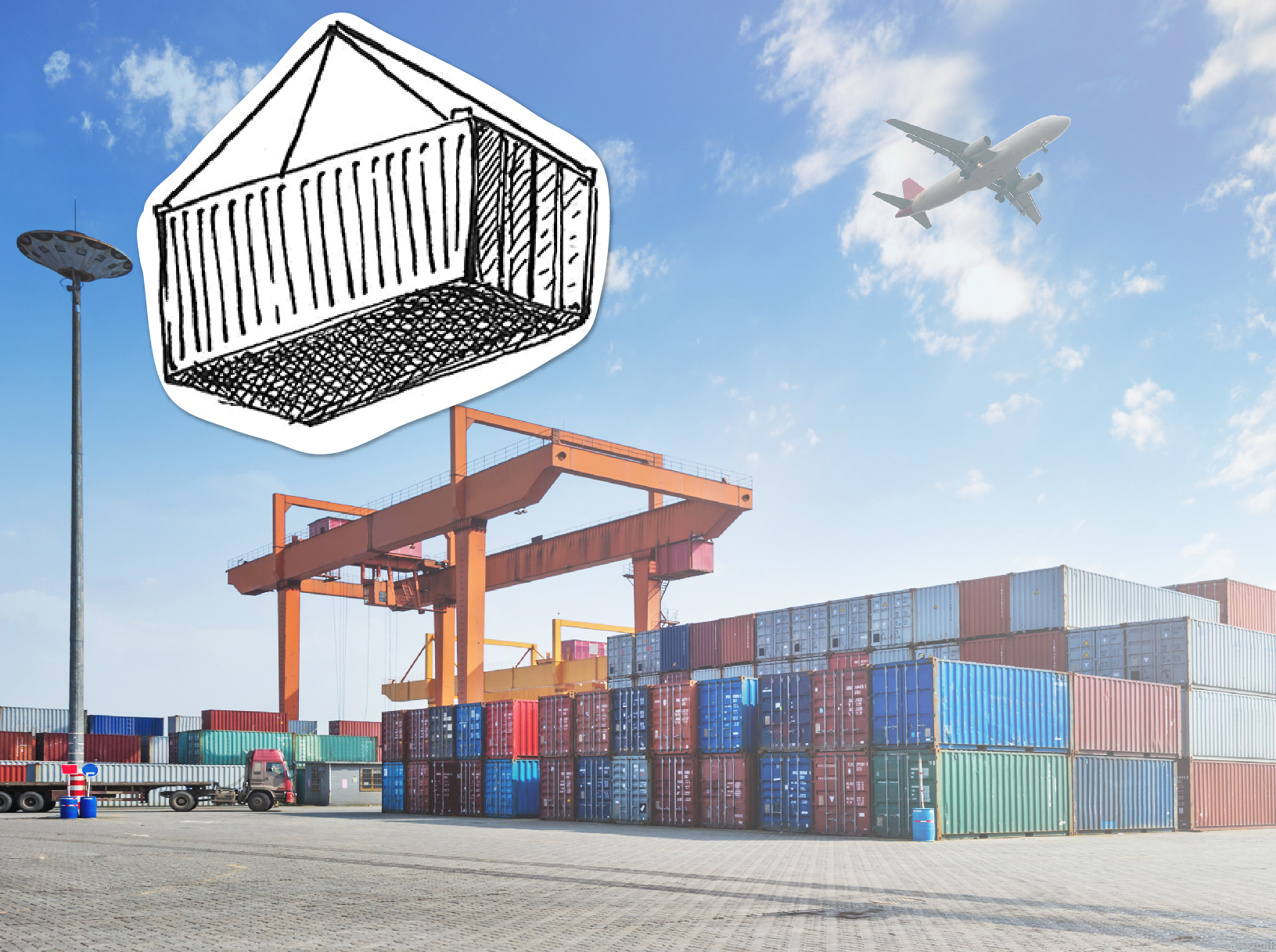The 28 countries of the European Union (EU) concentrate over 500 million inhabitants, that is to say, almost 7% of the world’s total population. Additionally, this combined population has a high average social and economic status with access to more and better export products.
For these reasons, the European market has always represented an important business expanding opportunity for small and medium enterprises (SMEs) in Latin America and the Caribbean operating in animal breeding or manufacturing animal products.
Currently, given the progress achieved in the EU integration process, this opportunity poses an additional advantage: applicable regulations, in general, are common to the 28 countries of the Union, simplifying procedures for producers and considerably expanding their markets.
Producers of non-EU countries exporting and marketing animals and/or animal products (food products, animal feed and others) to the European Union must comply with the following four stages:
Imports are only authorized if they come from establishments approved by competent authorities in the exporting country and by the European Commission
Stage 1: authorization
Products must come from a country that is authorized to export merchandise to the European Union. In order for the producer country to obtain authorization, it must meet three conditions. First, the EU must recognize the competent health authority of the exporting country. Second, the Union must recognize the zoosanitary controls of animals and animal products conducted by this authority. And third, it must also recognize this country’s control program for residues, contaminants and additives.
Stage 2: registration of producing establishments
Once the country of origin has been approved, the specific establishment that produces the merchandise concerned must also obtain approval.
Primary establishments require registration with competent authorities in the exporting country. National authorities must guarantee that hygiene and public health requirements are met.
Industrial establishments require assurance from national authorities that hygiene and public health requirements are met. National hygiene legislation should contain specific requirements as to the structure of production plants, operational processing establishments, freezing and cold storage facilities and warehouses. In the case of animal products, implementation of a control plan is required for contaminants such as heavy metals, pesticides and veterinary drug residues to verify compliance with EU requirements. This control plan must be designed by competent authorities and should be submitted to the European Commission for initial approval and yearly renewal.
Imports are only authorized if they originate from establishments that have been approved by the competent authorities of the exporting countries and by the European Commission (processing plants, frozen storage facilities and warehouses), if they have been inspected by competent authorities in the exporting country and have satisfied EU requirements. Competent authorities must provide sufficient guarantees and are also responsible for carrying out regular inspections and applying corrective measures, if applicable.
The Food and Veterinary Office (FVO) of the EU carries out inspections to confirm compliance with the abovementioned requirements. Therefore, an inspection mission can be carried out by the exporting country’s competent authority and the European Commission.
Stage 3: sanitary certification
If the two prior stages are completed successfully, health authorities will provide certification to the establishment. Animal and animal product imports into the EU under Community legislation must typically be accompanied by health certificates. The latter determines the conditions that must be met and the verifications that must be made in order to authorize imports.
Stage 4: controls
The European Union reserves the right to carry out controls assuring compliance with feed and food legislation.
First, controls can be conducted by official inspectors at border inspection posts (BIP) to verify compliance with certification (for example, that the products originate from an authorized country, from an authorized plant and have been produced under animal health and hygiene requirements regulated by the Commission and the Member State of destination).
Also, all shipments are subject to systematic documentary and identity checks, and, if necessary, physical controls. The frequency of physical controls depends on product risk levels and previous inspection results. Shipments that do not meet EU legislation requirements may be destroyed or, under certain circumstances, be sent back to the exporting country within 60 days.



Follow Us